This summer, the GDD composed of 13 students, 4 teaching assistants, and Professor Sun Zhen, ventured into Yizhuang—Beijing's fertile ground for the digital economy. Over ten days of investigation and visits, the team not only accessed cutting-edge information on AI enterprises and data platforms but also actively participated in exploring the topic of "how data elements can be implemented and circulated." Let's follow this report back to the research site and revisit the shining moments and crystallized insights from the survey process.

I. Entering Yizhuang: The Industrial Testing Ground for the Digital Economy
The Beijing Economic-Technological Development Area, located in the Yizhuang area of Daxing, Beijing, is the city's only national-level economic-technological development zone that enjoys dual preferential policies for both national-level economic-technological development zones and national high-tech industrial parks. As a key component of the "National Digital Economy Development Pilot Zone," Yizhuang gathers crucial industries like artificial intelligence, integrated circuits, intelligent connected vehicles, and biomedicine. It is home to a number of leading enterprises that aggregate data resources and drive technological innovation, such as JD Technology, BOE, and Jinghai Huizhi, making it a nationally leading area for "pioneering and experimenting" with data elements.
This field study, anchored in the "Digital Model World," a new quality AI industrial community, involved visits to the Beijing Artificial Intelligence Data Training Base, focusing on the development of artificial intelligence and data element circulation within the context of new quality productivity. Over nearly two weeks, team members visited Yizhuang's leading enterprises, data service platforms, and incubators, gaining deep insights into industrial policies, technological pathways, and talent ecosystems. The research focused on topics including the AI training data market, cross-border data flow, government-enterprise collaboration mechanisms, and innovation and entrepreneurship incubation. During the practice, students and teachers conducted in-depth interviews and exchanges with data experts from universities and enterprises, gathering a wealth of first-hand information. Finally, the students divided into four groups based on research themes, delivering presentations on the medical data market, the TusStar Incubator, cross-border data flow mechanisms, and Yizhuang's policy and institutional advantages. This practice not only enhanced the students' understanding of "data acidization" and "AI empowering the real economy" but also honed their skills in field research, cross-disciplinary dialogue, and team collaboration.
II. The Yizhuang Journey: Highlights Recap
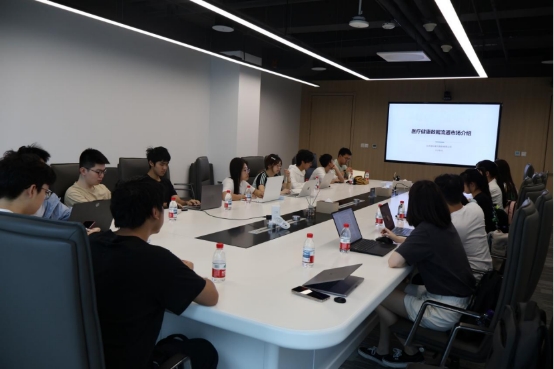
The research team attended a lecture on the health data circulation market. The presenter, Expert Huang, analyzed the market's scale, valued in the hundreds of billions, and its applications in scientific research, pharmaceutical marketing, and financial insurance, while also pointing out the compliance challenges in acquiring hospital data. Addressing student questions about difficulties in data collection and complex governance for medical data circulation, he introduced solutions from Inspur (Yinhe): through local government authorization and enterprise investment models, data is desensitized and analyzed, with technical service fees and research funding replacing direct transactions to circumvent compliance risks. Expert Huang emphasized that data value lies in specific application scenarios, not the data itself, noting that while data exchanges exist, 95% of transactions actually occur over-the-counter (OTC). Students actively participated in the discussion and gained immensely.
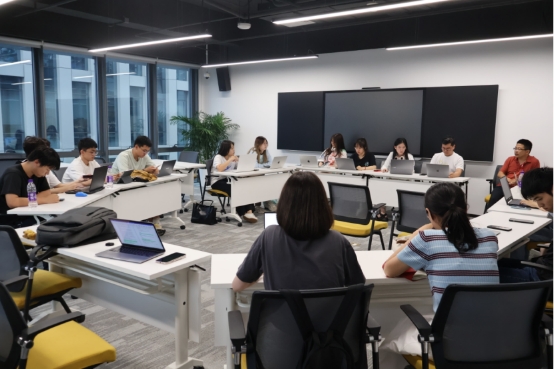
The research team attended a lecture on AI regulatory sandboxes. The presenter mentioned that against the backdrop of global data consumption nearing its limits and the difficulty in opening high-quality data like China's medical data, the data governance capabilities and compliance value of regulatory sandboxes are drawing significant attention. Students learned that sandboxes can prevent risk spillover through a series of processes. The EU's "AI Act" emphasizes "flexible regulation" and two-way interaction, and sandboxes can help enterprises innovate and verify data compliance by simulating real scenarios. Furthermore, Beijing's "Data Twenty Articles" policy has promoted its application in fields like healthcare, autonomous driving, and large models in China. Experts pointed out that although sandboxes are costly, they can help companies avoid grey/black market transaction risks and enhance transaction compliance. In the future, based on policy support, regulatory sandboxes will further promote data circulation and innovation.
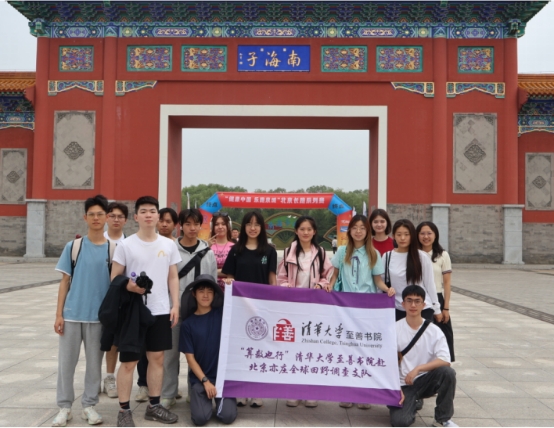
Beyond lectures and seminars, this practice included unique sessions like an autonomous vehicle experience and the AI Ecological Rainforest Conference. "Luobo Kuaipao" (Baidu's Apollo Go) robotaxis transported students between Yizhuang's Nanhaizi Park and their hotel, allowing them to experience the convenience and intelligence of cutting-edge technology. The AI Ecological Rainforest Conference, themed "AI Redefining the Retail Industry," brought together elites from government, enterprise, and research sectors. The conference showcased how AI technology is deeply restructuring various links in the retail industry. Industry leaders Wang Tao and Li Shizun shared innovative practices of AI in areas like e-commerce livestreaming, digital human technology, and brand operations.
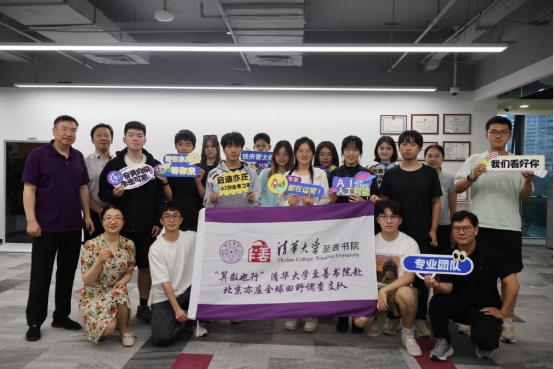
III. Learning in Yizhuang: Group Research Outcomes
Group 1 —— Research on the Current State of Medical Data Circulation
Group 1 sorted out the positioning of data elements from resources to core production factors and their policy development history, focusing on the application of medical data in scenarios like pharmaceutical company operations, R&D, and precision medicine. By analyzing the current state of the entire data circulation chain, they identified five major pain points: collection, transaction, governance, supply chain, and cost, noting their roots in the replicable, privacy-sensitive, and non-standardized nature of data. To address these, the group proposed solutions: utilizing the legal distinction between de-identification/anonymization combined with trusted data space technology to ensure secure utilization, and exploring data securitization to establish a more complete market mechanism.
Group 2 —— Two-Way Empowerment Between Data and AI Business Scenario Implementation

Through literature review and case analysis, Group 2 researched three core dimensions: the single-use vs. reuse value of data, data service vs. product models, and AI model ethics/compliance. They explored the two-way empowerment process between data and AI business scenarios, understanding how the evolution of data elements from resources to assets impacts national and corporate competitiveness. This research gave them a deep understanding that the core value of data lies in building circulation mechanisms, feedback loops, and scenario adaptation capabilities. Future competitive advantage will belong to organizations that can establish mechanisms for data reuse, cross-border integration, and compliant governance.
Group 3 —— Functional Positioning and Transaction Models of Data Circulation Platforms
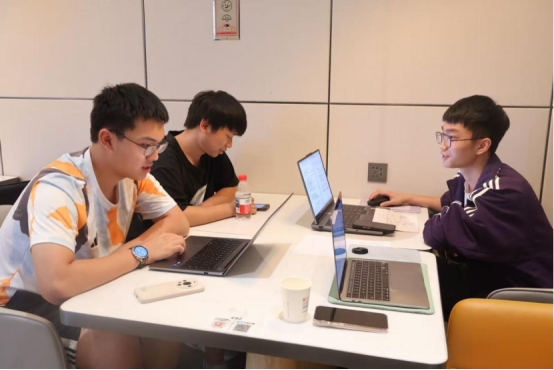
Through field research, Group 3 understood how platforms build trust and rules to facilitate data transactions. They found that platforms need strong capabilities in compliance exploration and building standardized processes to solve data-specific issues like privacy, security, and ownership. By observing the differences between platforms that focus on strict regulatory matching versus those that flexibly process data to match needs, they explored different models for market exploration by data circulation platforms, delving into profit models and revenue distribution mechanisms, and understanding how these systems balance interests between data providers, platforms, and users who bear additional compliance costs.
Group 4 —— Current Status and Difficulties of Cross-Border Data Flow
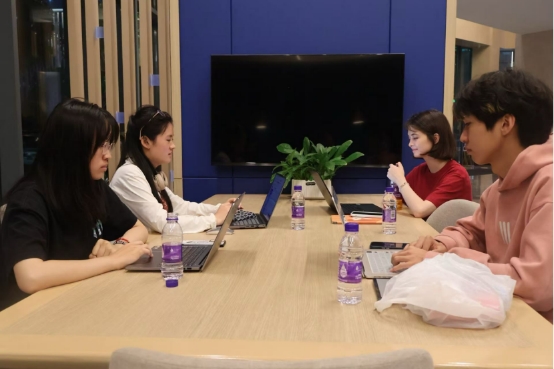
To clarify regulatory differences and governance logic in global cross-border data flow and contribute to China's cross-border data governance system, Group 4 conducted special research on "Comparison and Lessons from China, US, and EU Regulations on Cross-Border Data Flow." Focusing on these three major economies, they systematically analyzed the characteristics, differences, and commonalities of different governance models by reviewing regulations and practical cases concerning data classification and restrictive flow measures. Based on current pain points in cross-border data governance, they proposed directions for drawing lessons from international experience.

